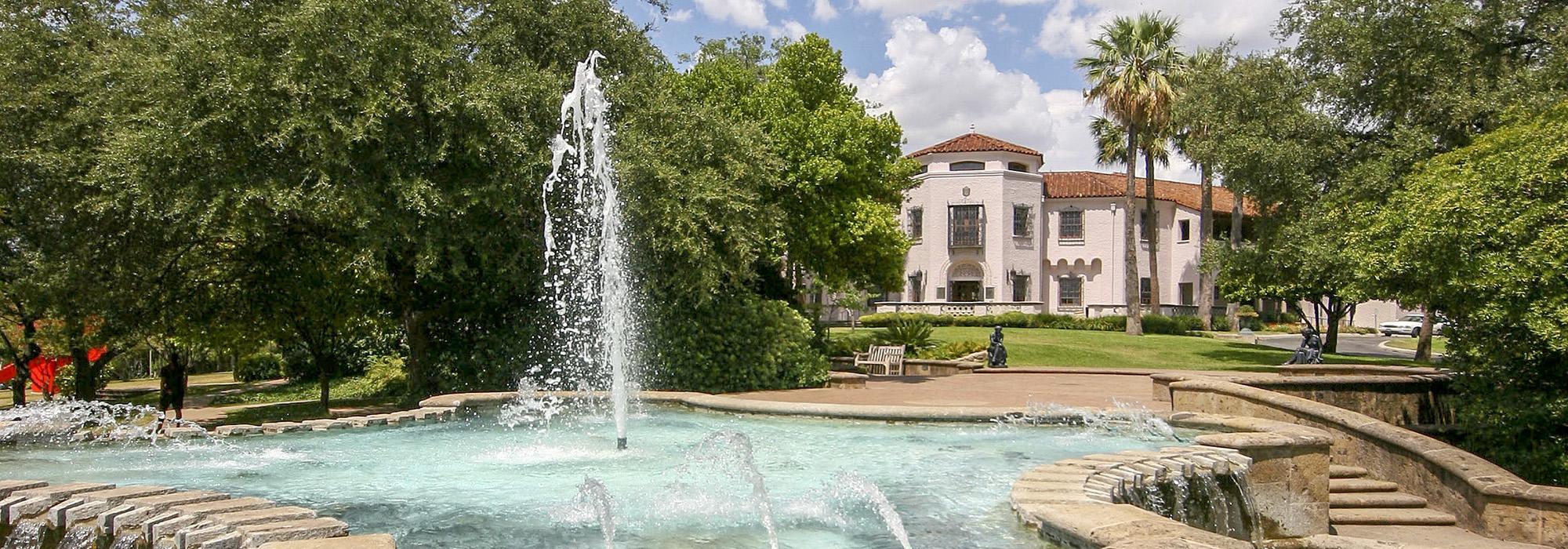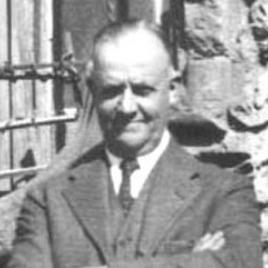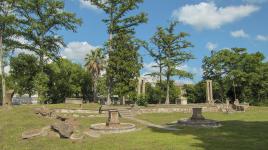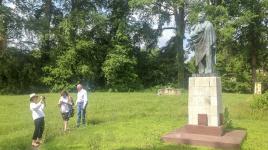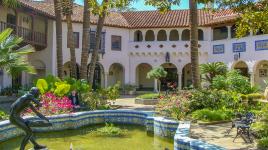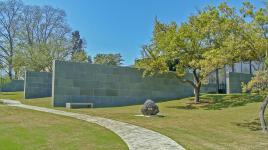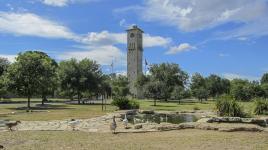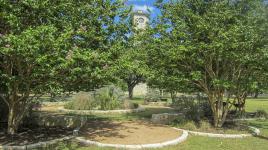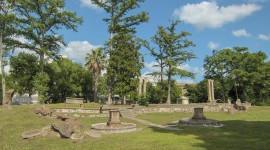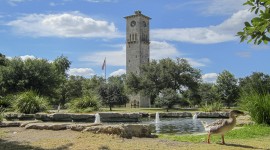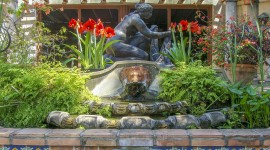Pioneer Information
Born in Hillsboro, Ohio, Ayres received a B.A. from the Metropolitan School of Art (a subsidiary of Columbia University in New York City) in 1894 before moving to San Antonio, Texas. He formed an architectural practice there with C.A. Coughlin until Coughlin’s death in 1905. Ayres was appointed the state architect of Texas from 1914 to 1917. Among his important projects were the Blind Institute (now the Texas School for the Blind) and the Texas State Office Building (now the James E. Rudder State Office Building), both in Austin, the latter added to the National Register of Historic Places in 1998.
In 1922 Ayres was joined in partnership by his younger son, Robert, eventually establishing the firm Ayres & Ayres in San Antonio in 1924. An avid photographer and author of the book Mexican Architecture (1926), the elder Ayres’ obsession with the colonial architecture of Mexico allowed him to develop a distinct architectural idiom and led to the design of several Spanish Colonial Revival-style houses, the finest of which was perhaps the Atkinson house (now known as the McNay Art Museum), a rambling country estate in San Antonio, with extensive plantings, gardens, and ponds. When some 500 structures were built at the city’s Fort Sam Houston between 1928 and 1936, it was Ayres who suggested they be built in the Spanish Colonial Revival style. As a charter member of the Texas Society of Architects, Ayres was one of three architects who were instrumental in securing the passage of state legislation in 1937 for the licensing of architects to practice. He died in 1969 and is buried in Mission Burial Park in San Antonio.



